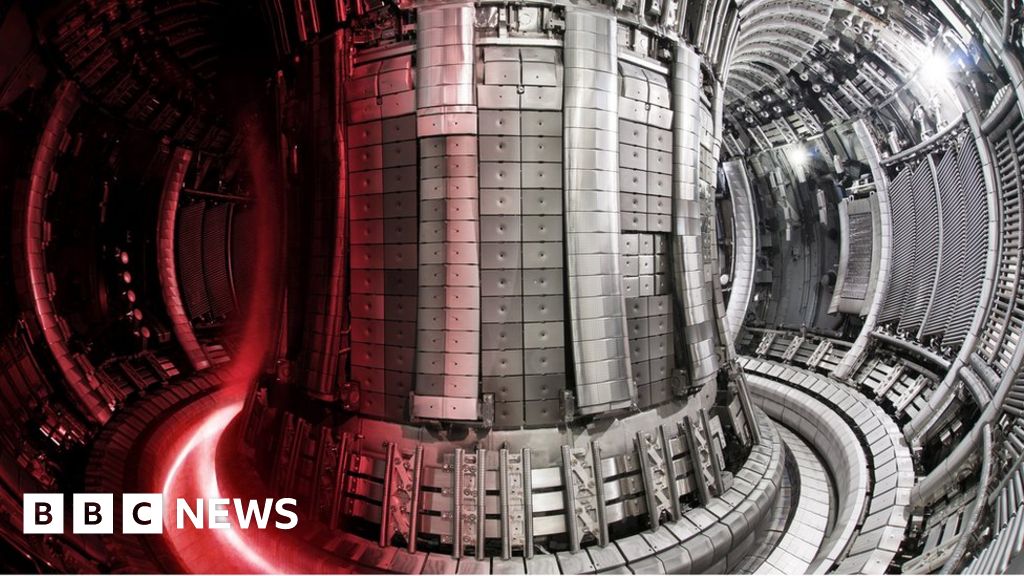elektra
Diamond Member
Not that this is breaking news, but... But, here it is. SPARC fusion technology being developed by MIT and Commonwealth Fusion Systems.
I have a personal reason to share this. I am on this project. I am working on the super-conducting magnets. This is crazy to me. If this works, I can say I was one of the people that worked on this. Of course, if it does not work I am going to have to pray it was not something I missed, which it won't be.
Why the USA or any other government would waste a dime or a minute of time on anything less than Fusion or Fission reactors is a story of greed and corruption. Nuclear power is the future.
The MIT Plasma Science & Fusion Center in collaboration with private fusion startup Commonwealth Fusion Systems (CFS). is developing a conceptual design for SPARC, a compact, high-field, net fusion energy device. SPARC would be the size of existing mid-sized fusion devices, but with a much stronger magnetic field. Based on established physics, the device is predicted to produce 50-100 MW of fusion power, achieving fusion gain, Q, greater than 10. Such an experiment would be the first demonstration of net energy gain and would validate the promise of high-field devices built with new superconducting technology. SPARC fits into an overall strategy of speeding up fusion development by using new high-field, high-temperature superconducting (HTS) magnets.
The first step in this roadmap will be to carry out research leading to development of the large, superconducting magnets needed for fusion applications. Once the basic engineering of HTS fusion magnets is established, the next step will be to use that technology to build SPARC. SPARC is designed with a 1.85m major radius and 0.57m minor radius operating at a toroidal field of 12.2T and plasma current of 8.7MA, producing 50-100 MW of fusion power. Its mission will be to demonstrate break-even fusion production and to demonstrate the integrated engineering of fusion-relevant HTS magnets at scale. While audacious in its goals, SPARC leverages decades of international experience with tokamak physics and is a logical follow-on to the series of high-field fusion experiments built and operated at MIT. The long term goal is to introduce fusion power into the energy market in time to help combat global warming.

I have a personal reason to share this. I am on this project. I am working on the super-conducting magnets. This is crazy to me. If this works, I can say I was one of the people that worked on this. Of course, if it does not work I am going to have to pray it was not something I missed, which it won't be.
Why the USA or any other government would waste a dime or a minute of time on anything less than Fusion or Fission reactors is a story of greed and corruption. Nuclear power is the future.
SPARC
https://www.psfc.mit.edu/sparcThe MIT Plasma Science & Fusion Center in collaboration with private fusion startup Commonwealth Fusion Systems (CFS). is developing a conceptual design for SPARC, a compact, high-field, net fusion energy device. SPARC would be the size of existing mid-sized fusion devices, but with a much stronger magnetic field. Based on established physics, the device is predicted to produce 50-100 MW of fusion power, achieving fusion gain, Q, greater than 10. Such an experiment would be the first demonstration of net energy gain and would validate the promise of high-field devices built with new superconducting technology. SPARC fits into an overall strategy of speeding up fusion development by using new high-field, high-temperature superconducting (HTS) magnets.
The first step in this roadmap will be to carry out research leading to development of the large, superconducting magnets needed for fusion applications. Once the basic engineering of HTS fusion magnets is established, the next step will be to use that technology to build SPARC. SPARC is designed with a 1.85m major radius and 0.57m minor radius operating at a toroidal field of 12.2T and plasma current of 8.7MA, producing 50-100 MW of fusion power. Its mission will be to demonstrate break-even fusion production and to demonstrate the integrated engineering of fusion-relevant HTS magnets at scale. While audacious in its goals, SPARC leverages decades of international experience with tokamak physics and is a logical follow-on to the series of high-field fusion experiments built and operated at MIT. The long term goal is to introduce fusion power into the energy market in time to help combat global warming.

